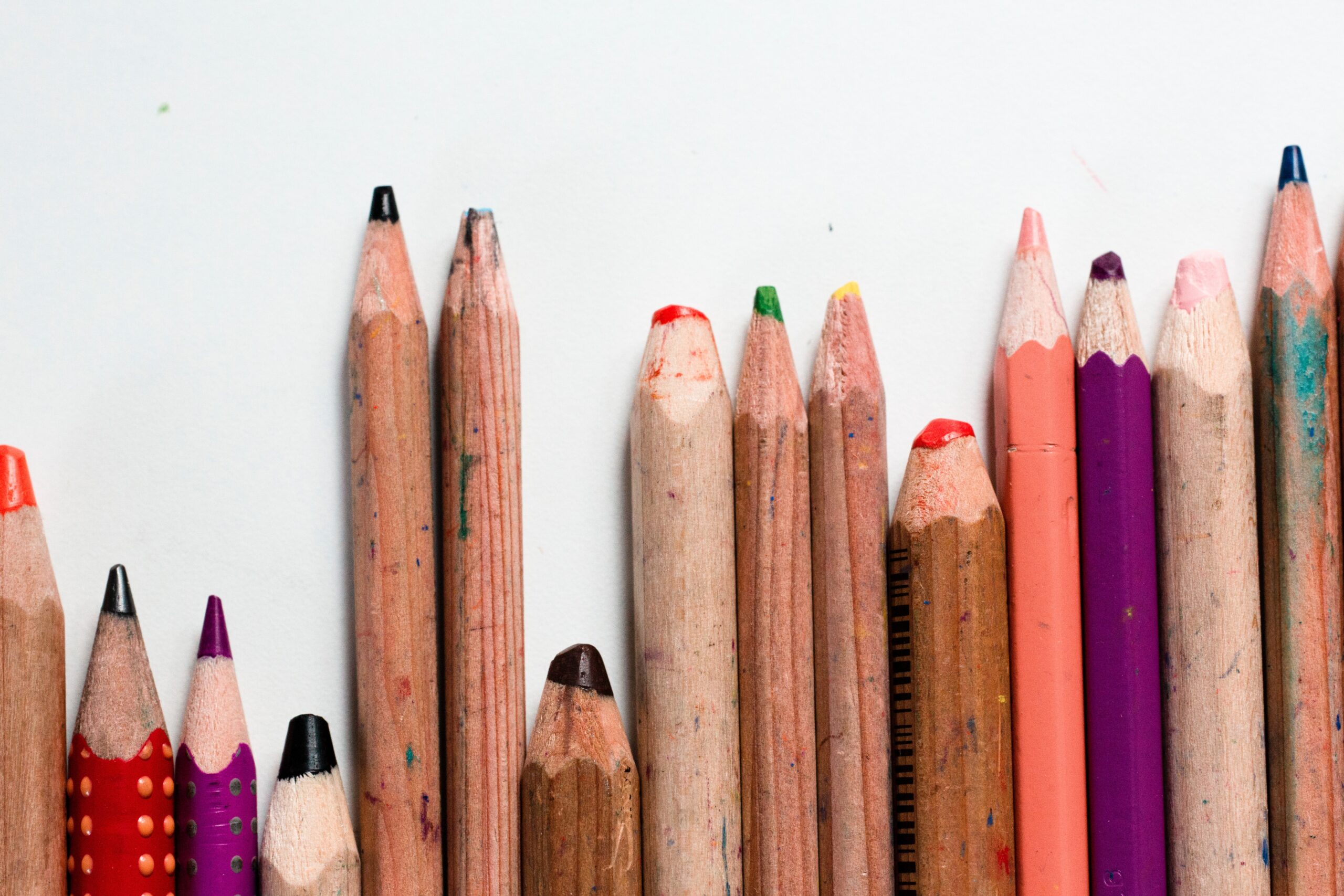Language trends and development in a decade writing on Emoji
Cultures: building a multi-ethnic culture needs time. As consecutive waves of migration aided to form our multicultural inheritance over groups, so do the qualities of reciprocated esteem and consent develop over time. Education is an incentive for this awareness. Modern technology has aided us and developed our world through various methods of communication.
In this assignment throughout this course of study, I have reviewed myself in my working experience, I have been witnessing evolution versus revolution so to say.
I can still remember making use of a typewriter at my workplace which then changed to computer use, working in the Administration Department within the Printing Industry made me also witness changes in ways of communication from making use of telephone and fax machines to emails; from formal to less formal writing and nowadays why not adding also emojis!
Emoticons and symbols
First using emoticons with letters, nowadays symbols. I must admit that I have had times of uncertainty, especially when communicating with individuals outside the company, even making use of emojis with friends living in different parts of the globe.
This course of study in Building bridges: developing skills to work with people from different cultures has made me aware of my perception of other countries and got me to research details to understand and be able to enhance my communication skills.
My perception vis a vie Language has been that the English Language is still the dominant language worldwide, from research I have seen that though a high percentage of individuals still make use of it to communicate, other trends have and are making their way as new forms of communication.
Definition of Cross-Cultural Communication
Cross-cultural communication is well-defined as the interaction between individuals from diverse cultures. It begins by acknowledging variations together with correlation between cultural factions, so the followers of various cultures can connect within a particular perspective and do efficient interaction.
Additionally, it implies in what way individuals of various cultural backgrounds conform and comply to connect with each other successfully. In general, the sharing of knowledge amongst individuals from different cultures and environments is specified as cross-cultural communication.
Cultures: Importance of Cross-Cultural Communication
Nowadays interaction between cultures is a vast element of a global interaction educational program because of worldwide integration. As a result of an absence of a familiar language, several cross-cultural discussions are performed using actions and other sign languages. In preference to concentrating on further matters, the aim is sharing of information.
In 1980 Geert Hofstede a social scientist from the Netherlands established a structure by evaluating over and above 88,000 workforces from 72 countries in IBM firms. He established this structure on how principles and beliefs undermine work goals.
The cultural dimensions theory of Hofstede facilitates how to address the conduct or communications amongst cultures. It is inaccurate to put together a whole society or nation into a single group and assume similar behaviours from all the people in society.
The Cultural Dimension Theory
The Cultural Dimensions Theory of Hofstede provides a context that describes the impacts of culture and its associates’ beliefs and how these beliefs correlate to actions.
Cultural standards perform a role in social interactions at work.
Nevertheless, matters are rapidly distinct when a person moves into a distant society and does not want to cause an offence. Hofstede’s Cultural Dimensions can aid companies to plan their initial attitude, choices, and behaviours. It can help to create a common awareness of how individuals in a specific culture may consider and respond. It can prevent missteps and unsuccessful interactions among individuals from various nations and societies.
Emoji in different cultures
Emojis, also called ideographs or smileys, have been broadly used as accompanies or substitutes for basic wording. Initially presented as “picture” + “characters” (moji) in Japanese automated messages and Web pages, several emojis have advanced into the Unicode in the current years (722 were incorporated in version 6.0 of the Unicode and an additional 291 to version 7.0 and 8.0) Being encrypted in Unicode has stemmed in a fast circulation of emojis to several other countries and regions of the world.
Since September 2015, Unicode offers a comprehensive listing of 1,281 emojis.
The broad implementation of emojis has been an appealing form of global computation. These emojis are created in several gadgets and functions, particularly on phones, for example, smartphones and notebook pads, due to them being compact and dynamic. Thus, they are commonly shared by consumers in several countries, from several demographic groupings, and with various cultural background knowledge.
What initially began as a miniature, pixelated symbol, has currently developed into a component of current culture and affects our everyday interaction. Emoji has developed into a type of language that a great number of individuals recognise. Across the globe, since 2017 on the 17 of July we even get to celebrate World Emoji Day.
In 2015 the emoji “Face with Tears of Joy” was chosen as the word of that year in Oxford Dictionaries, as it denotes the mood in a fine way, the culture, and the global concern of that year. Emojis are utilized every day as a means of communication, in marketing adverts, in influence promotions, and in several additional innovative ways.
An example: Coca Cola
For instance, Coca-Cola utilized emojis as access to their Web page to convey the “happiness” culture that they encourage. Certain companies have even designed their personal emojis and made them downloadable via app stores.
From an individual laptop communication viewpoint, emojis have considerable pluses over basic text in enabling the connections of smartphone consumers. The conciseness of emojis lessens the exertion of feedback; the powerful semantics that they transmit communicate concepts and feelings more clearly; emojis are without difficulties of language, enabling users from diverse countries to communicate.
These benefits have ascribed to their popularity worldwide making them a “universal language” that bridges every person.
The use of emojis is in diverse forms by users from various countries, not just but similarly several likings for various groups of emojis.
The cultural background could be the reason for commonalities in users’ preferences. Users from Asian cultures more commonly use upright style emoticons. For example ^^ and T_T whilst for people in the West horizontal emoticons are more commonly used. Such as : ) and : D (mouth shaped expressions).
Officially upright emoticons illustrate examples centred on the shape of the eye, whilst mouth shaped emoticons expressions are illustrated horizontally. The design likings are clearly alongside the difference in opinion of how Easterners and Westerners interpret appearance signs. It also show the difference related to a more direct form of communication (with mouth and words in the West) versus the preference for a more indirect communication (using eyes in the East).
Conclusion
Emojis are fun beyond doubt, and occasionally they ‘speak louder than words’. They empower us to increase emotive background to basic text, for example humour, conciseness or sarcasm. Nevertheless, when forming contentment for an inclusive gathering, it is vital to take into consideration that diverse cultures see signs, colours, and gestures differently.
The introduction of Emoji has abbreviated the mode of how we express ourselves with each other. Many consider that Emojis serve as a reinforce to language, as they let individuals to comprehend the manner of the discussion. These miniature emotional illustrations have now developed additional essence in social communication.
They have become quite popular as nowadays are a universal form of communication.
But to remain an essential part of a societal culture like any trend in the modern-day period, it needs to build and develop. Over the years since their introduction, we have seen a development. The launch of Emojis which are culturally distinct and gender-neutral.


